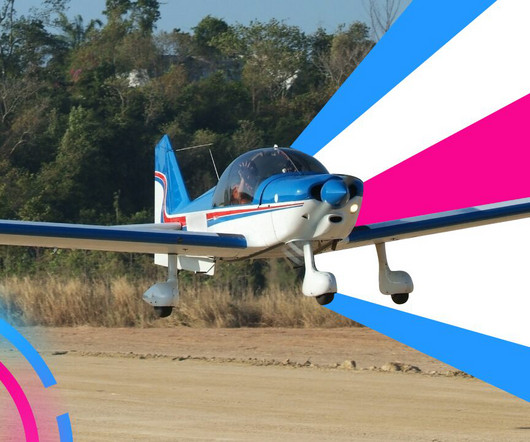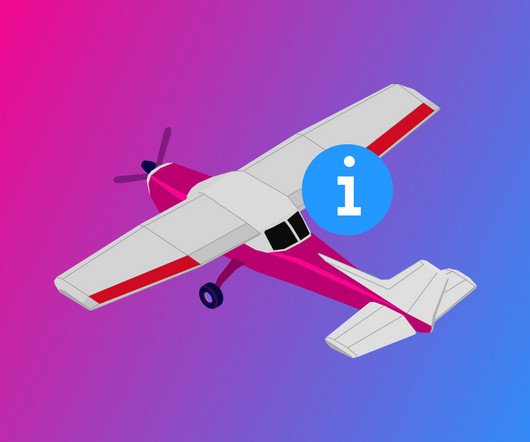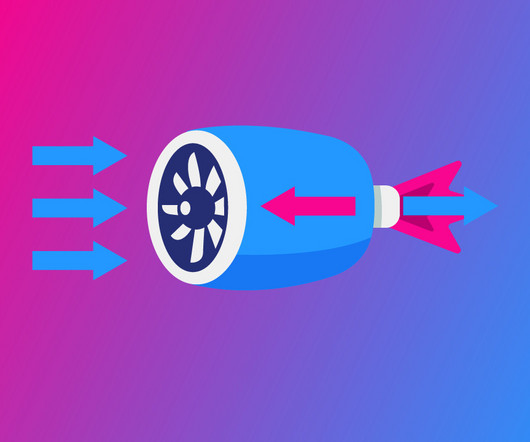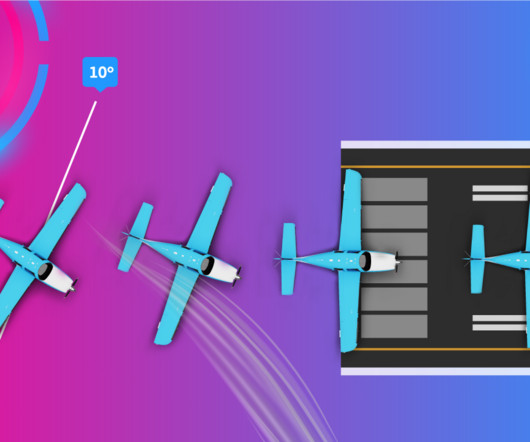How to Make a Perfect Soft Field Landing Every Time
Pilot Institute
MARCH 26, 2024
This tendency is due to their high center of gravity and heavy engine over the nose wheel. However, the increased drag might make it impossible to take off again. A faster, reduced-flaps approach improves aircraft control during strong crosswinds or gusts. In extreme cases, a nose-over can occur.













Let's personalize your content